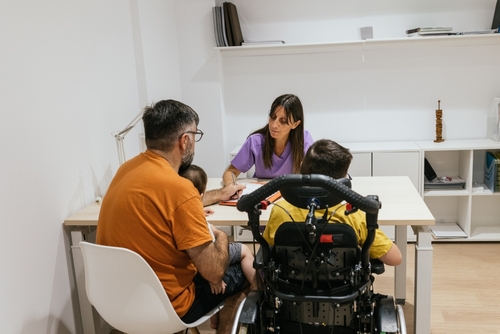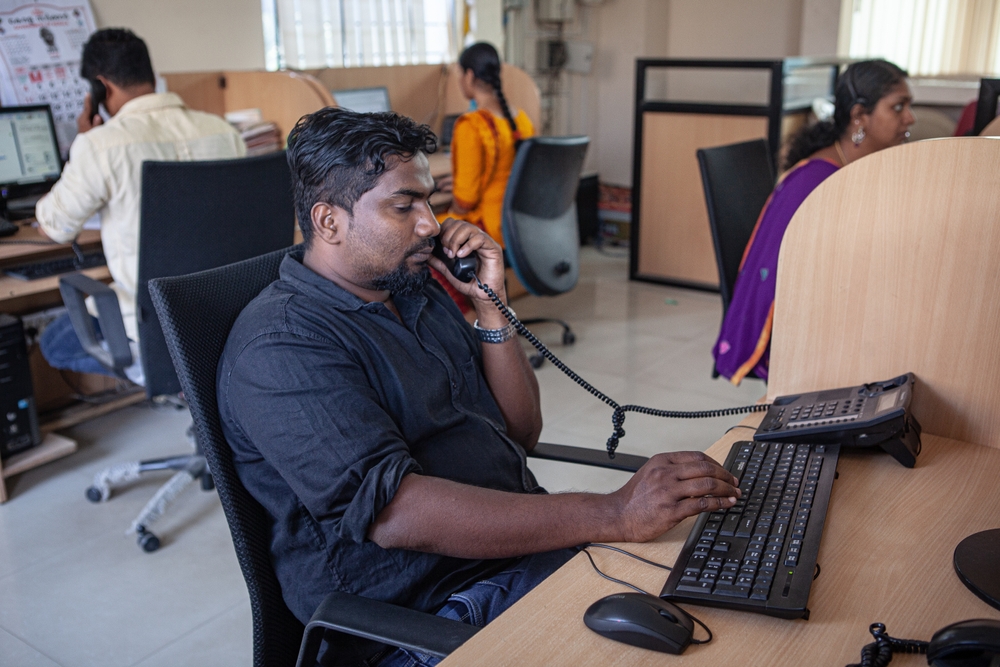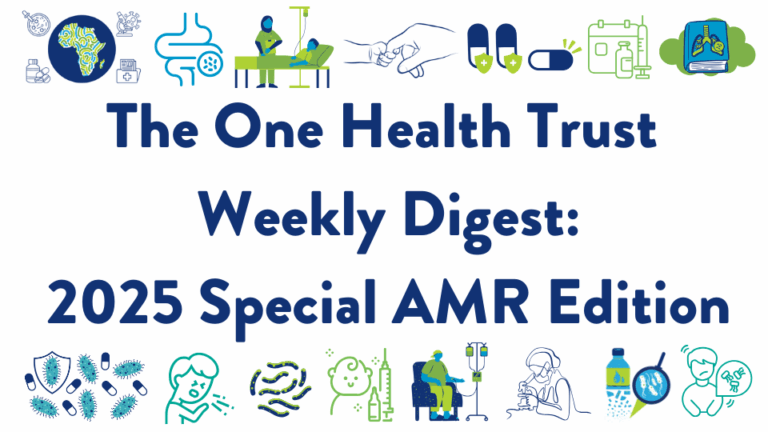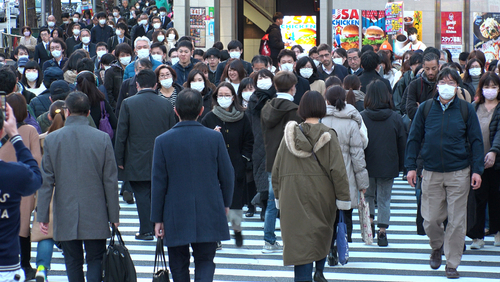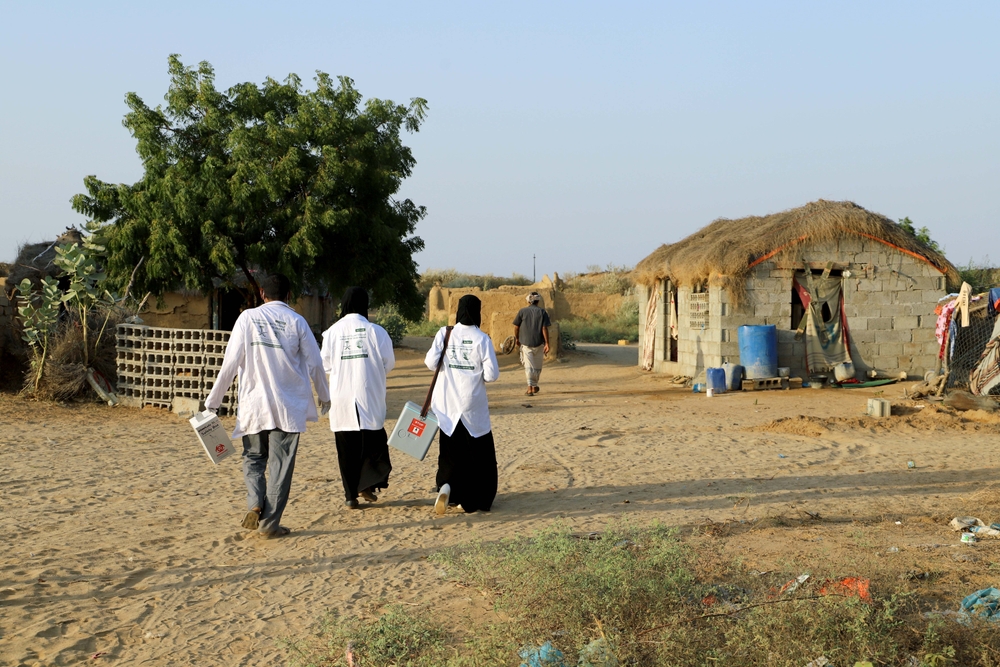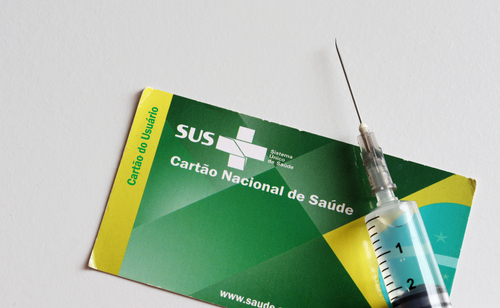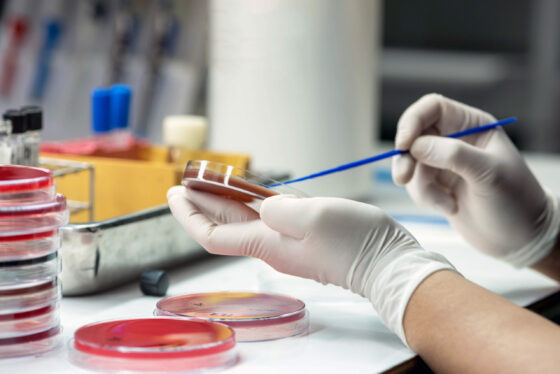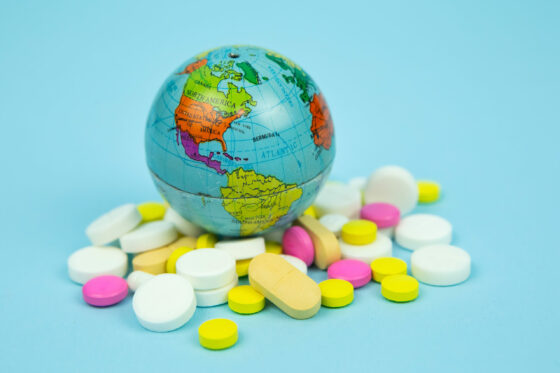September 09, 2016
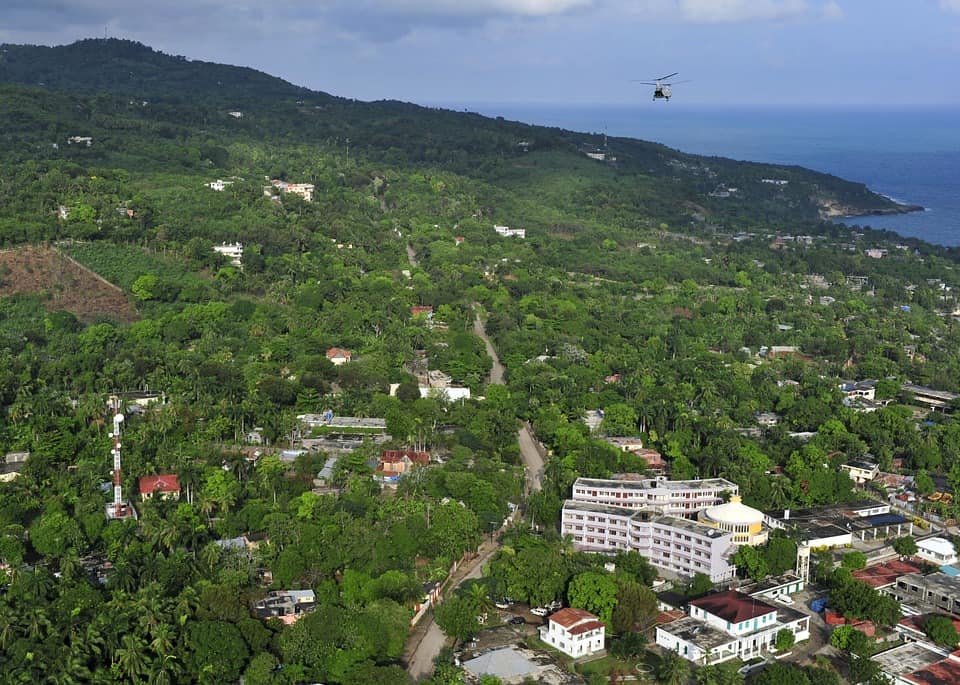
“Waging war on microbes is not tenable—our bodies depend on them.” In a comment in Nature, CDDEP Director Ramanan Laxminarayan and other experts in antimicrobial resistance suggest that the United Nations should help reframe global efforts in antimicrobial resistance, to protect the antibiotics the world currently has as well as the global microbiome of susceptible organisms. Investments in antimicrobial research and development have largely focused on developing new drugs and diagnostics—innovations that mainly benefit wealthy nations’ populations and industries. The authors recommend steps to take in the effort against antimicrobial resistance, including widespread community education, engagement across nations and industries, formation of civil society coalitions, and recognition of the urgency of antibiotic resistance. [Nature]
Will UNGA do for AMR what it did for AIDS? Writing on the CDDEP blog, Research Analyst Anna Trett harks back to a 2001 United Nations General Assembly (UNGA) High-Level Meeting on HIV/AIDS, which proved to be “a historic rallying point in the global response to HIV.” The special session on HIV/AIDs increased political momentum and global government spending, which is exactly the type of response necessary to combat today’s AMR crisis. The UNGA High-Level Meeting on AMR will take place on September 21, 2016 at UN Headquarters in New York. For information on a CDDEP co-sponsored side event on September 20, contact CDDEP at [email protected]. [CDDEP]
A blockade-induced fuel crisis in Nepal had effects of earthquake proportions, according to CDDEP Associate Director for Policy Hellen Gelband and Shyam Sundar Budhathoki in a paper appearing in BMJ Global Health. Blockade of the highway from India to landlocked Nepal lasted five months, spanning 2015-16. No aspect of daily life was spared, but health was particularly hard hit. The authors write, “Drug production and distribution within the country came to a halt. Tuberculosis treatment was interrupted for lack of drugs. Immunization programmes were put on hold for lack of vaccine transport and cold chain maintenance. Antenatal, postnatal and emergency obstetric care, including the care of newborns and children often was skipped or delayed.” For Nepal, struggling to recover from the massive earthquake earlier in 2015, the blockade also halted rebuilding and humanitarian assistance, deepening the plight of earthquake victims. The bottom line is that blockades that cause fuel crises are the health and welfare equivalents of earthquakes. [BMJ Global Health]
DRIVE A-B report, “Stimulating innovation, sustainable use and global access to antibiotics,” has been released following a June 2 high-level conference, which attracted more than 180 policy makers, public health experts, and economists. The conference identified policies that could be implemented globally to stimulate the innovation of critically needed antibacterial treatments, while ensuring their availability and sustainable use. The report includes an overview of the problem of antibiotic resistance, highlights from the discussion, and an agenda for coordinating future research and a global response to resistance. [DRIVE A-B]
Antimicrobial Resistance Diagnostic Challenge, a $20 million federal prize competition, has been launched by the National Institutes of Health (NIH) to spur the development of rapid point-of-care laboratory diagnostic tests to combat the spread of drug-resistant bacteria. The competition is calling for novel diagnostic tests that characterize antibiotic resistant bacteria and/or distinguish between viral and bacterial infections in order to reduce unnecessary use of antibiotics. The competition is a joint effort between the National Institutes of Health and the HHS Office of the Assistant Secretary for Preparedness and Response (ASPR) in support of the National Action Plan for Combating Antibiotic Resistant Bacteria. [NIH, AMR Challenge]
Sri Lanka has eliminated malaria, against the odds. Amid more than 20 years of civil conflict, high burdens of the disease, and modest resources, Sri Lanka has managed to eliminate malaria. Sri Lanka is the second country in the WHO Southeast Asia region to reach the malaria-free status, behind Maldives in 2015. Sri Lanka came close to eliminating malaria in 1963, after having 2.8 million cases in 1946, but cases rose in the next four decades, reaching up to a half million cases each year. The country then began an aggressive campaign to treat infected people and fund mosquito control efforts. Dr. Pedro Alonso, Director of the WHO Global Malaria Programme, stated, “It was a hard fight, [but] this is an example to the rest of the world. [Sri Lanka] has sustained this for the last three years in a convincing way.” [Lancet, CNN, WHO]
Zika is significantly underdiagnosed in Haiti; U.S. Congress fails again to pass funding bill. While the neighboring Dominican Republic has identified nearly 1,000 pregnant women suspected of being infected with Zika, Haiti has identified only 22. According to World Health Organization (WHO) representative Dr. Jean Luc Poncelet, Haiti does not have the resources to test extensively for Zika and is currently in the midst of a political crisis in which Haiti has been without an elected government since February. Haiti is also facing other serious health issues, including a cholera outbreak that has affected 25,000 people this year. Poncelet said, “There’s no reason to believe that the mosquito will behave differently here [in Haiti] than in the Dominican Republic.” Back in Washington, DC, the U.S. Congress remains deadlocked on a Zika funding bill, opposed by the Democrats because of Republican-supported provisions such as denying funding to Planned Parenthood in Puerto Rico. [NPR, Reuters]
The indoor dust microbiome contains elevated levels of antibiotic resistance genes, associated with use of antimicrobial chemicals. Researchers report on the relationship between antibiotic resistance genes and antimicrobial chemicals including triclosan, triclocarban, and methyl-, ethyl-, propyl-, and butylparaben in the dust microbiome, in Environmental Science & Technology. Dust samples from a mixed-use athletic and educational facility were analyzed for microbes and chemicals, and significant associations were found between antimicrobial chemicals and antibiotic resistance genes. [Environmental Science & Technology]

